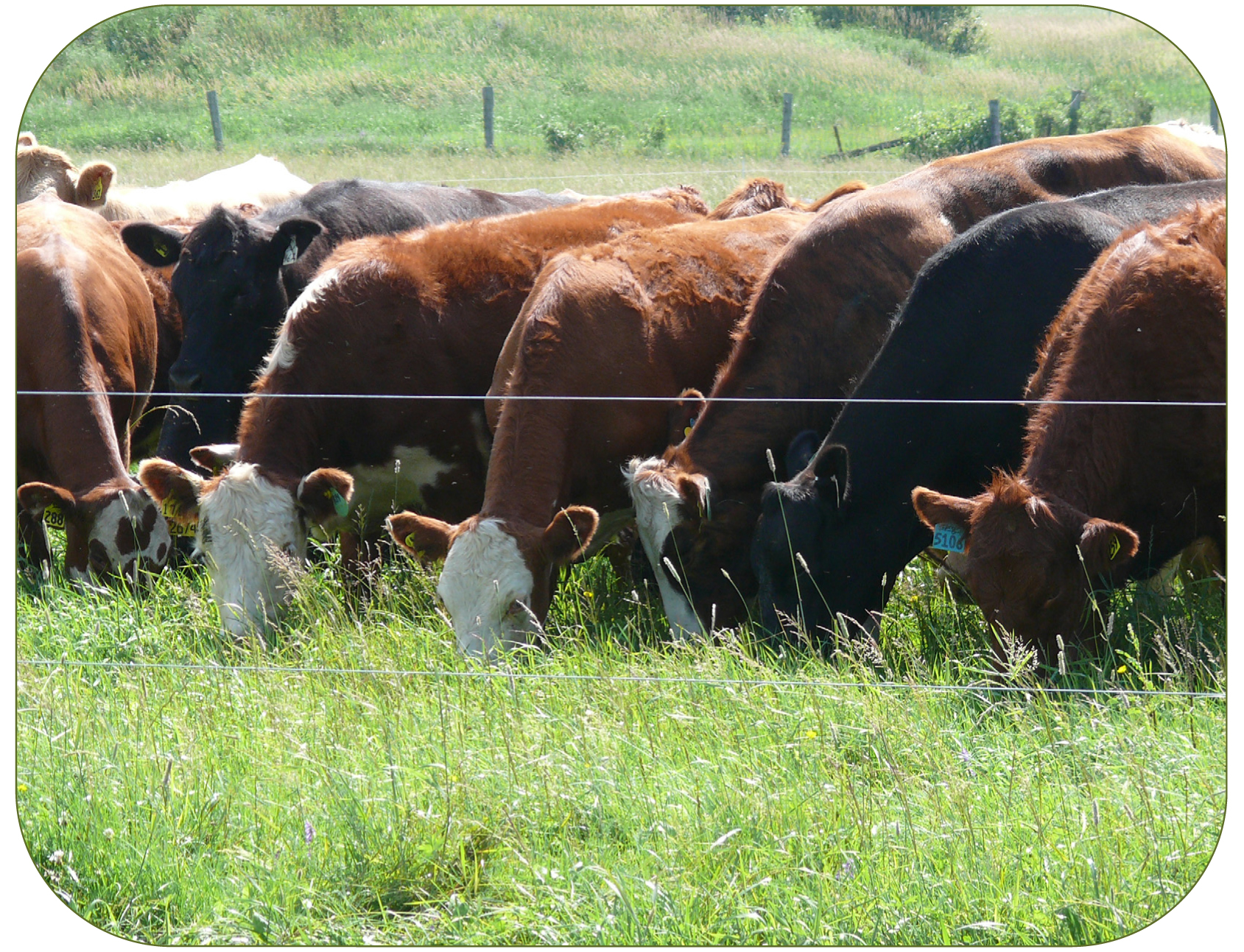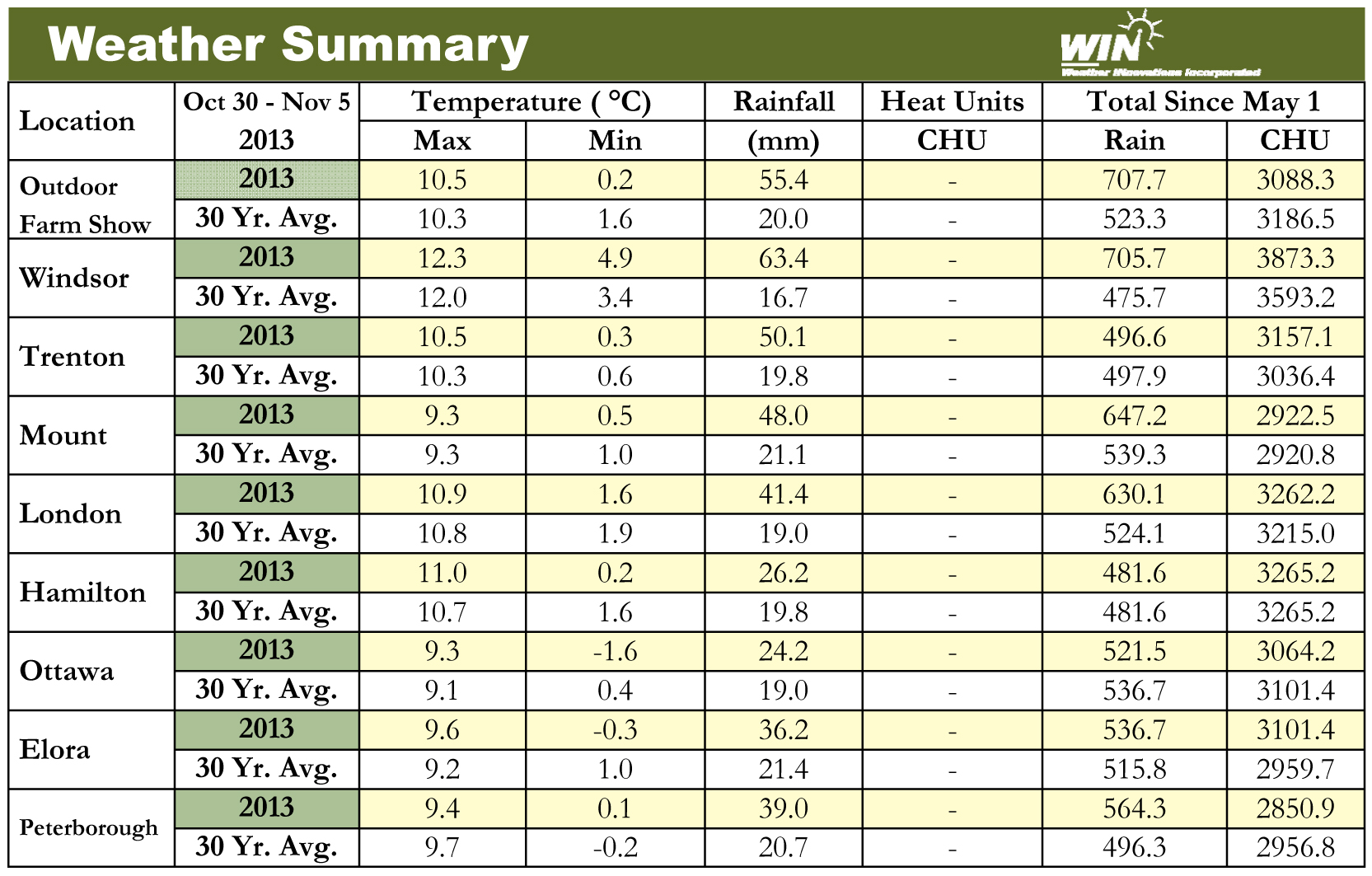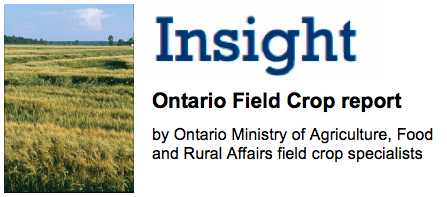What a difference a year makes! 2013 had adequate to excessive rainfall throughout the growing season which resulted in excellent grass growth. The season started about a week later than usual for most because of slow initial grass growth. Livestock performance was above average on most pastures. Pastures that were rotationally grazed with livestock staying 1-3 days in a paddock followed by a sufficient recovery period of 30 or more days were the most productive. The application of nitrogen fertilizer also provided an excellent response and significantly improving forage growth.
July rainfall was below normal in a band from Bruce County through to Hastings County but above average June rainfall had provided good soil moisture and early August rains spurred further forage growth.
The positive experiences with double cropping forage after wheat or first cut hay in 2012 encouraged a number of producers to continue this practice in 2013. The extra forage whether as pasture or stored feed provides a relatively low cost feed supply. Oats, oats and peas, sorghum-sudan and turnips are the most popular species used. Grazing these crops saves harvesting costs and provides additional pasture allowing the perennial pastures extra time to recover from previous grazing. Grazing standing corn is gaining in popularity. This is an excellent feed source that can be grazed anytime from mid-August will into the winter.

The publication "Pastures Production can be viewed or purchased at www.ontario.ca/bjay




